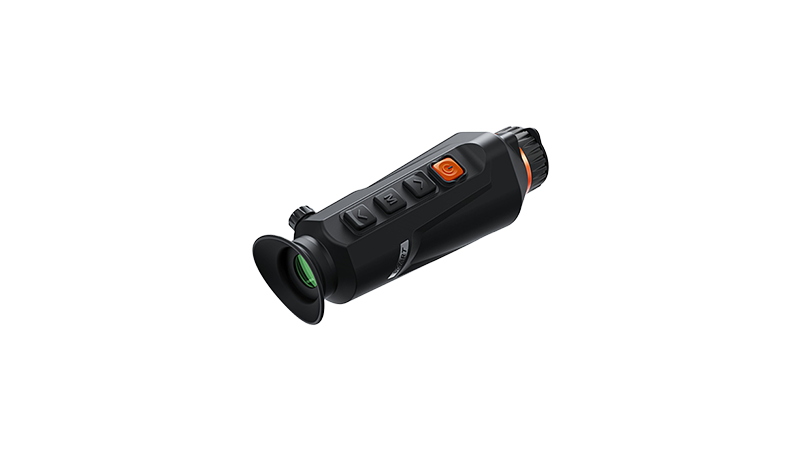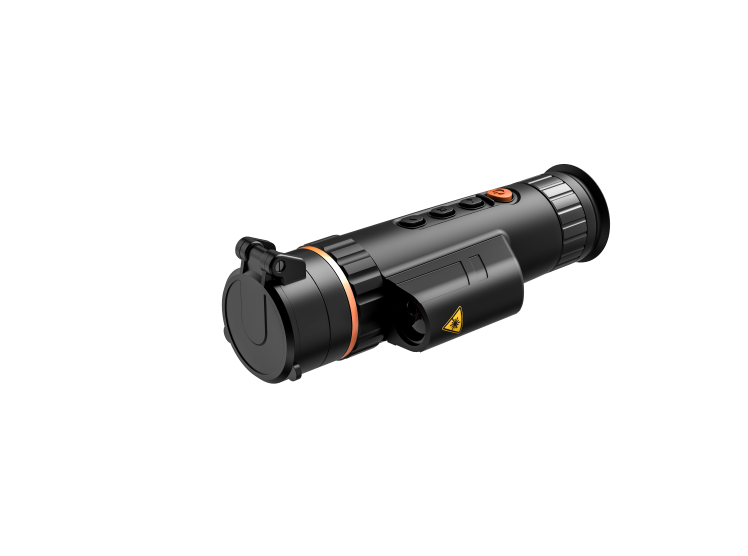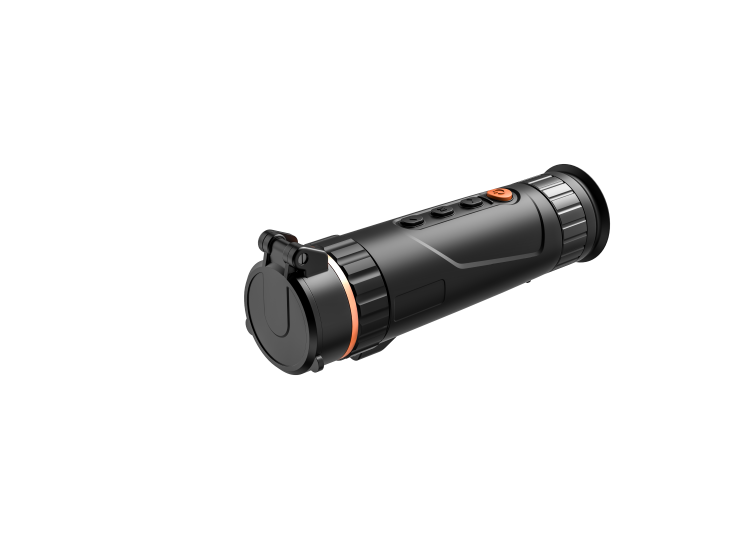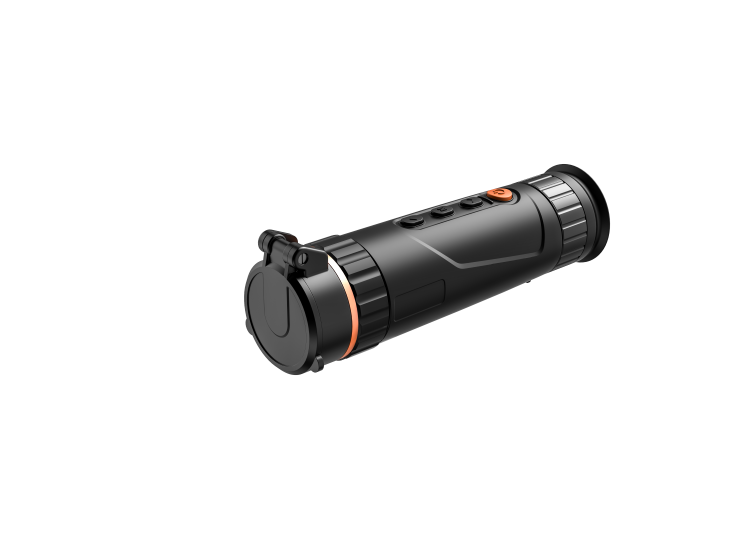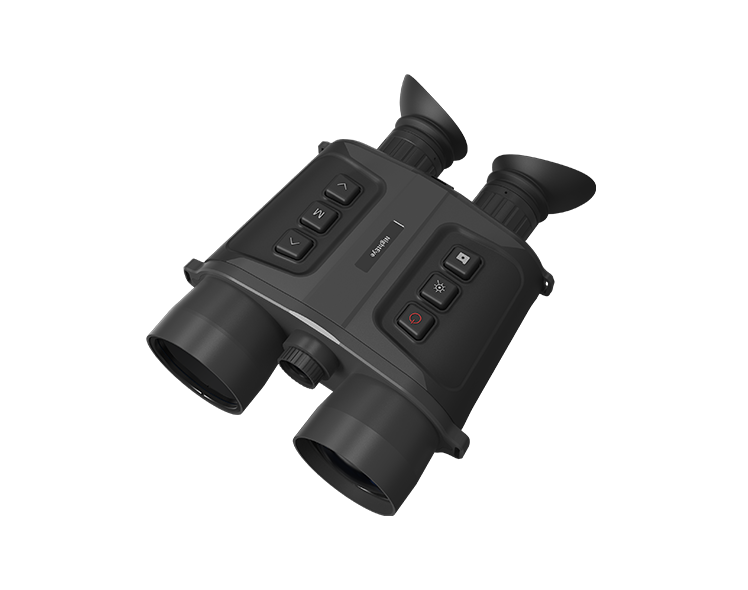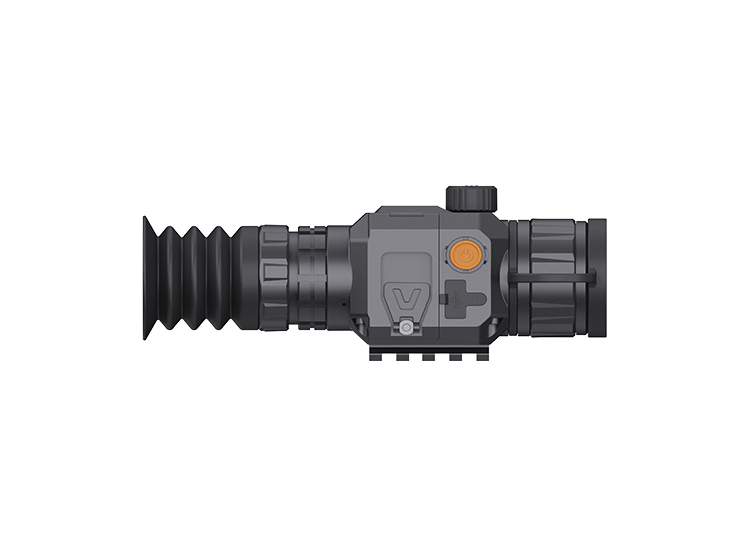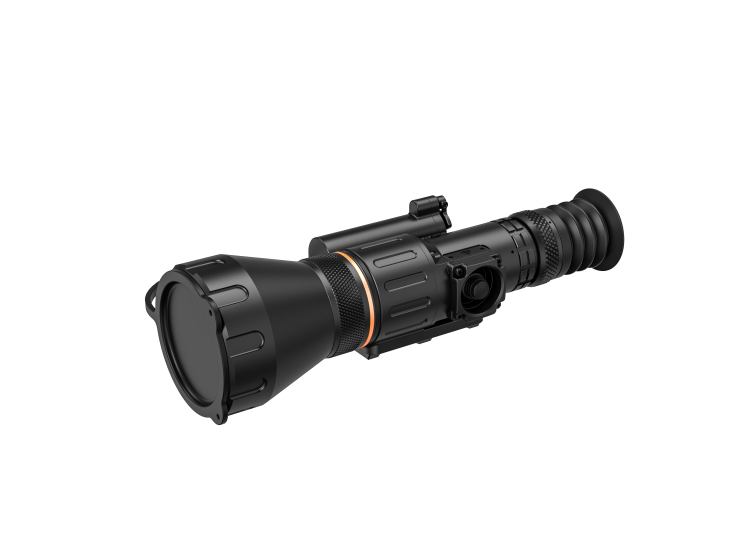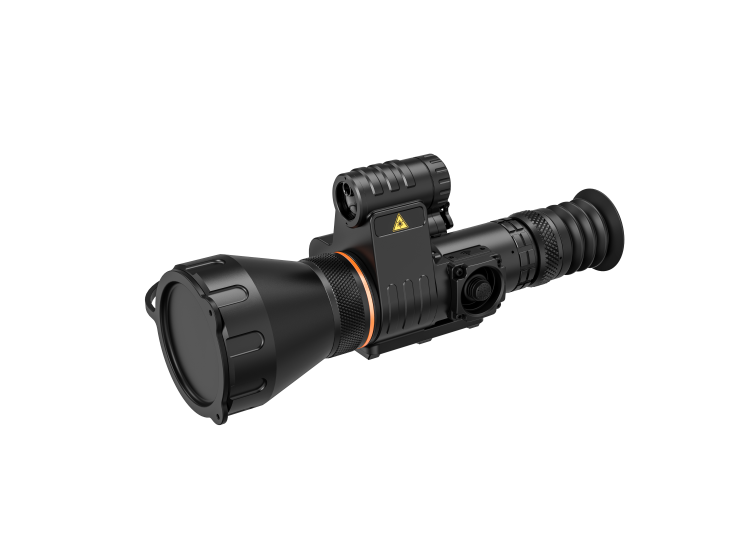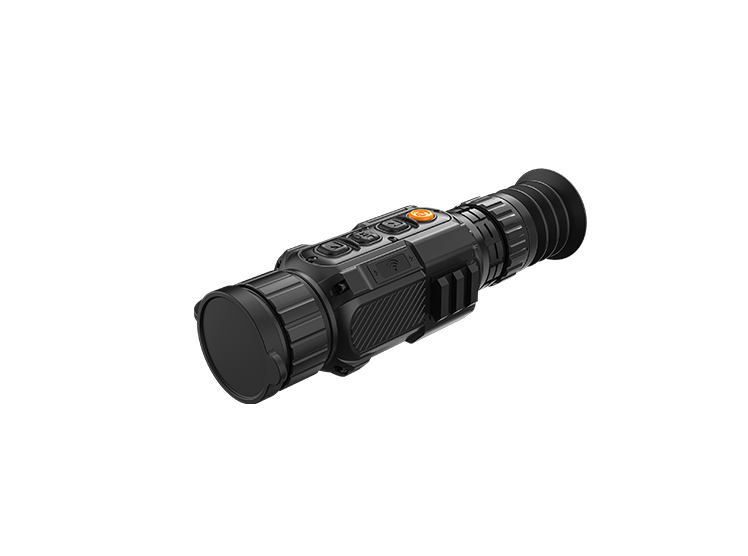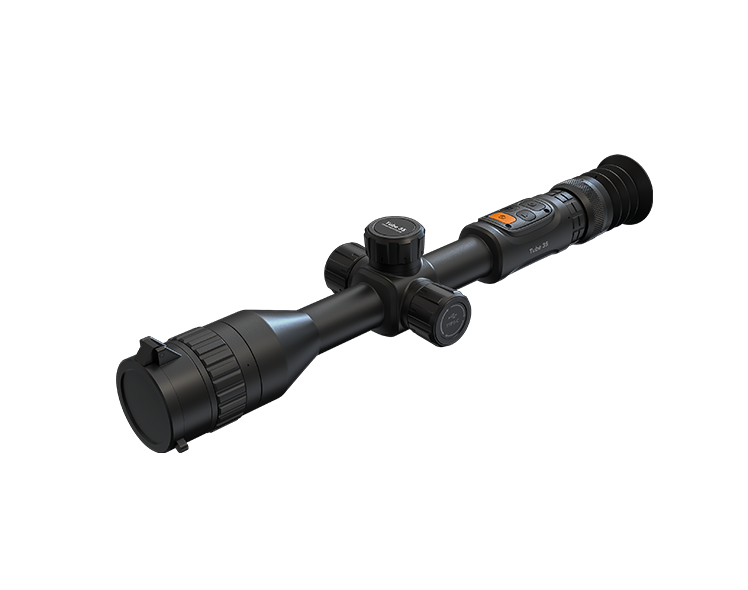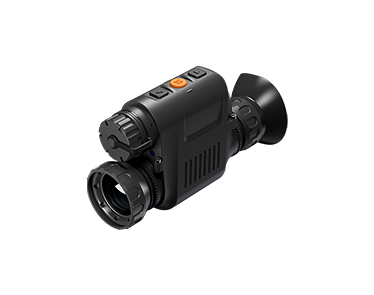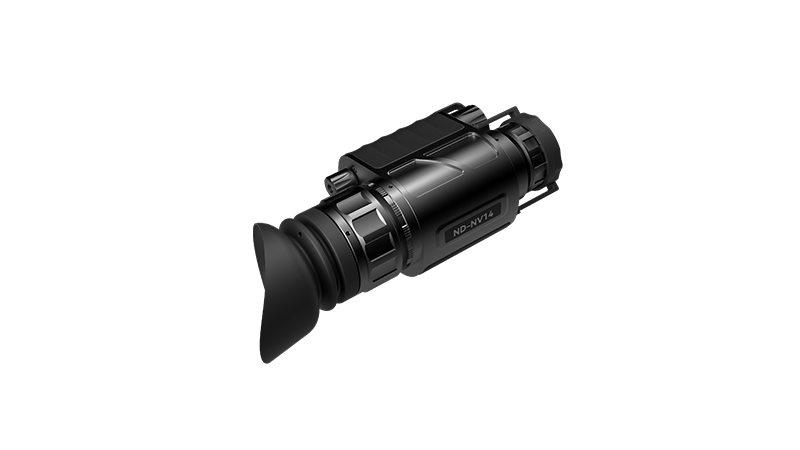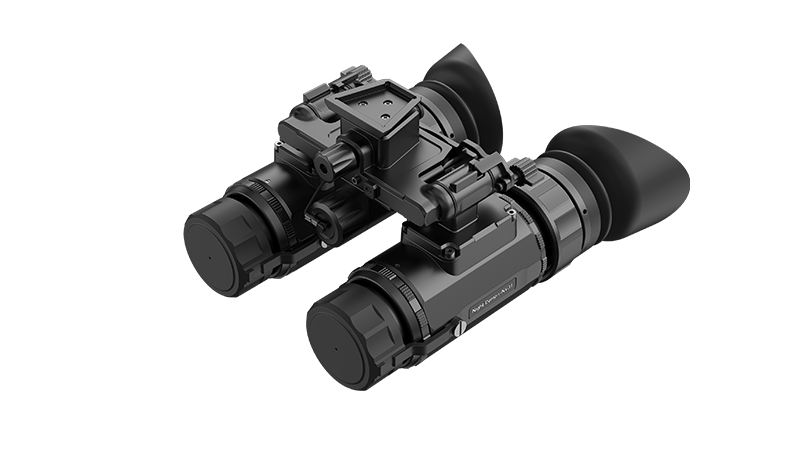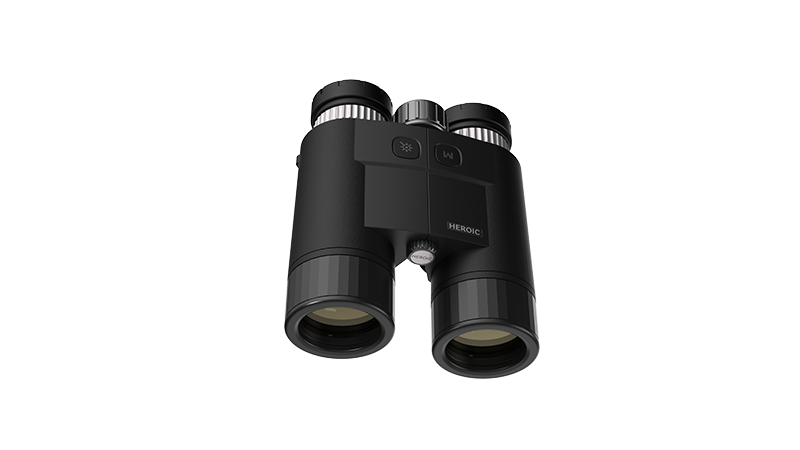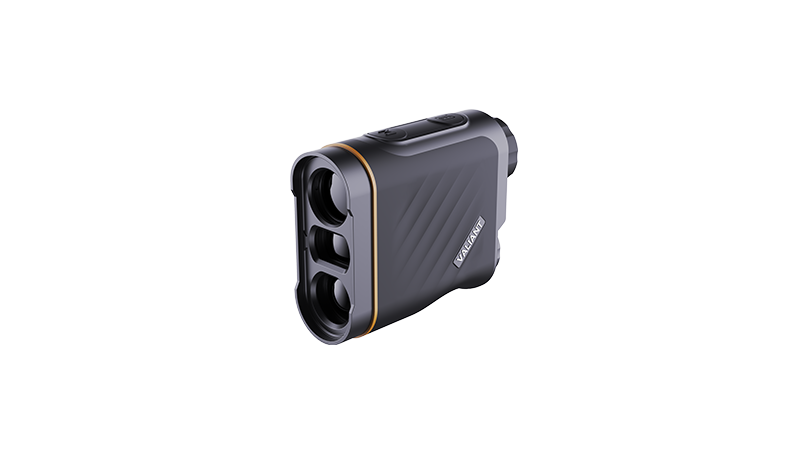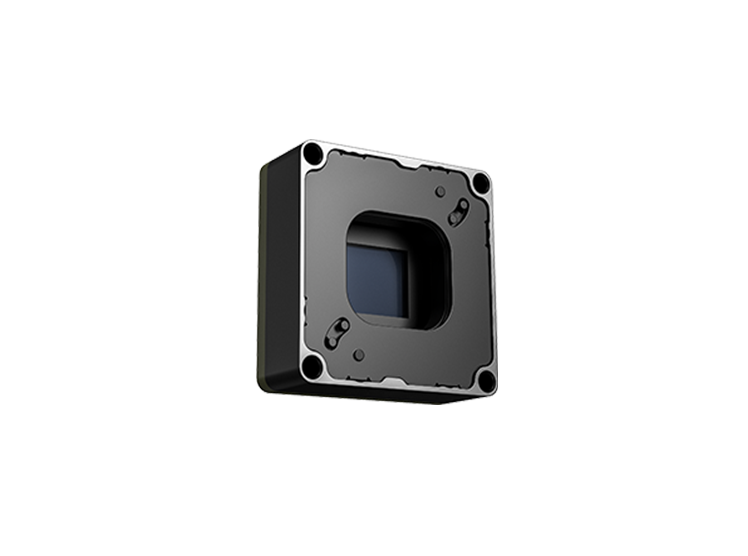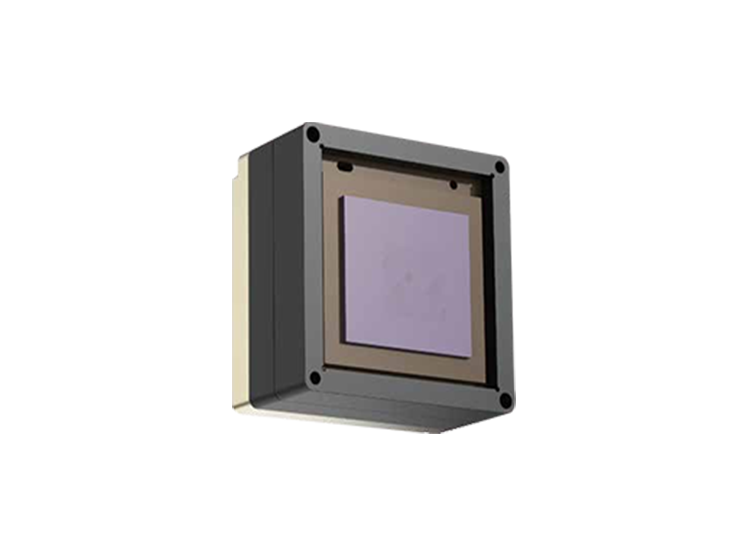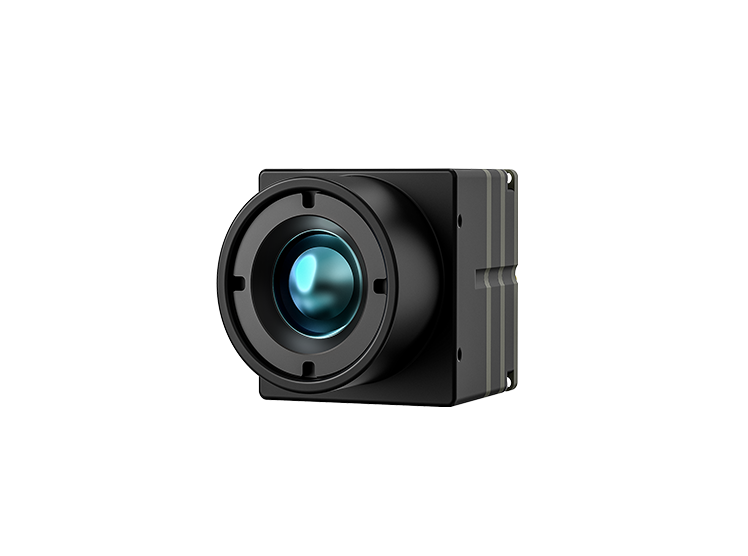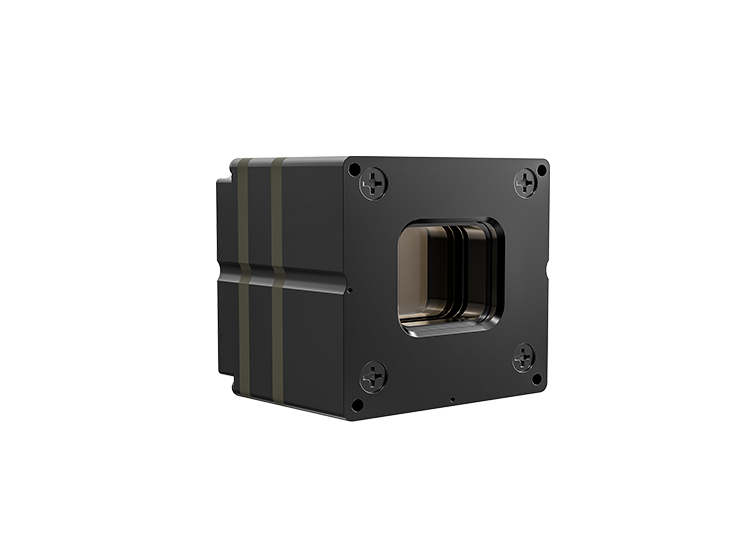How Weather Conditions Affect Thermal Imaging Performance
2025/09/08The effectiveness of thermal imaging technology, particularly in hunting, is significantly influenced by weather conditions. As outdoor enthusiasts seek the best thermal monocular for hunting, understanding how different environmental factors impact performance becomes essential for maximizing their experience. This article delves into the various weather conditions that can affect thermal imaging and highlights important considerations for hunters.
The Impact of Humidity and Rain on Thermal Imaging
Humidity and precipitation are two of the most critical weather conditions affecting the performance of thermal imaging devices. High humidity levels can lead to moisture accumulating on the lens, which reduces clarity and visibility. In rainy conditions, the effectiveness of a thermal monocular can decrease as water droplets scatter the thermal radiation, obscuring heat signatures from animals. This phenomenon can make it challenging for hunters to locate game when they rely on a best thermal monocular for hunting. To mitigate these issues, it’s crucial for users to ensure that their equipment is rated for waterproofing and designed to handle variable environmental factors.
Temperature Variations and Their Effects
Temperature fluctuations also play a significant role in how well thermal imaging works. Hunting thermal monoculars rely on detecting temperature differences between objects within their field of view. When the temperature is too close to that of the surrounding environment, it becomes increasingly difficult for thermal devices to differentiate between game and background noise. For instance, during warm days or in areas where heat from the sun has warmed the terrain, animals may blend into their surroundings, making them virtually invisible to thermal imaging. To counteract this challenge, hunters should consider utilizing their thermal monoculars during early mornings or late evenings when animals are more active, and temperature contrasts are more pronounced.
Effects of Wind and Atmospheric Conditions
Wind speed and direction can also influence thermal imaging performance. A breeze can cause thermal updrafts and downdrafts, dispersing the heat signatures and creating an unstable environment for thermal detection. Additionally, atmospheric conditions such as fog, mist, and even snow can hinder the transmission of thermal radiation, leading to less accurate readings. Hunters using the best thermal monocular for hunting must remain aware of these atmospheric changes and adjust their strategies accordingly. Staying informed about weather forecasts and choosing optimal hunting times can significantly enhance the effectiveness of thermal imaging technology.
In conclusion, weather conditions have a profound impact on the performance of thermal imaging devices, particularly for hunters seeking the best thermal monocular for hunting. Factors like humidity, temperature variations, and wind speeds can influence clarity and visibility, making it essential for users to adapt their techniques and expectations accordingly. At IRVOTEX, we strive to provide solutions that address these challenges with our MK-IRS Series Thermal Monocular. Featuring real-time denoising technology, our device intelligently reduces noise, ensuring clear images even in complex environments. We invite you to explore how our advanced products can enhance your hunting experience, regardless of the weather.
 +86 (028) 8535 5966
+86 (028) 8535 5966 +86 17323184180
+86 17323184180 irvotex@votinfrared.com
irvotex@votinfrared.com

